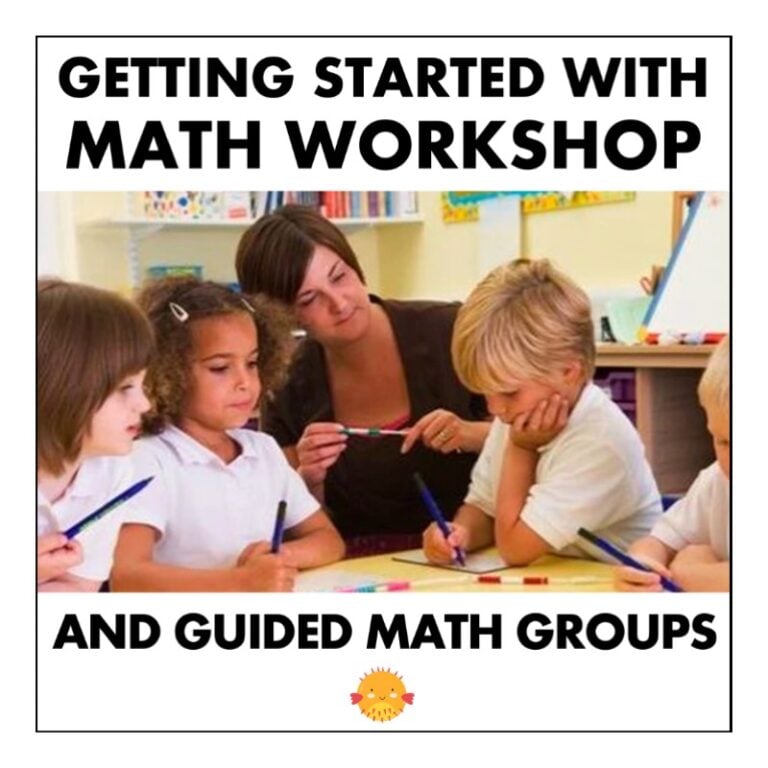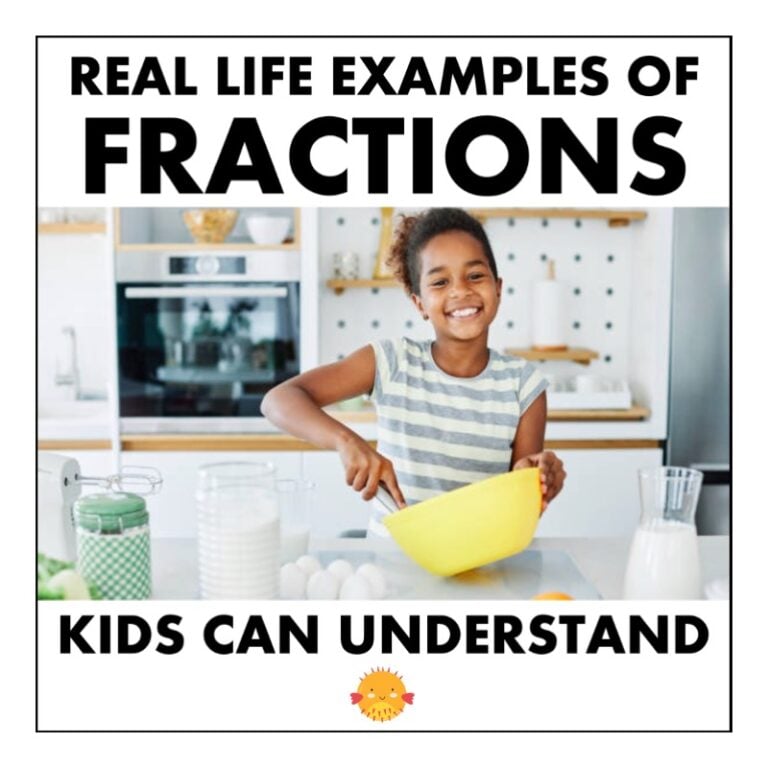
Fun Hands-On Equivalent Fractions Activities for 3rd Grade
I love teaching fractions, especially in third grade when it’s a brand new concept. But towards the end of our fraction unit, there’s that one dreaded topic that can strike fear in the heart of any good elementary math teacher – equivalent fractions.
I used to hate trying to explain equivalents to my students – especially when they don’t have common denominators. But then I realized that just like everything else in life – chocolate can fix any problem!
.
Equivalent Fractions Activities for 3rd Grade
In this blog post, I share some fun, hands-on fractions activities for 3rd grade and 4th grade students. There are two different activities that can be used in your guided math groups or whole group settings. Either way, your students will love them and learn a lot about fractions!

Fractions As Whole Numbers
To build understanding of equivalent fractions, I start with visual models of whole numbers. Fraction bars work, but candy bars are a more engaging and fun way to do this!
For this activity, you need:
- 3 Kit Kat bars
- Index cards or small Post-It notes
- Chart paper
.
First, unwrap the candy bars and place them on a piece of paper like this:

Third and fourth grade students need to know that 1/1 stands for “1 whole” and 2/1 stands for “2 wholes”. Just like a denominator of 2 stands for “half”, a denominator of 1 stands for “whole”. So use the index cards or sticky notes to label each candy bar with a whole number fraction.
Once you finish labeling, the candy bars will look like this:

.
Basically it’s a chocolate number line! What a fun way to visualize whole number fractions, right?
.
Introducing Equivalent Fractions
For the next step, get out a piece of chart paper to record what the students have just discovered. It might look something like this:

.
Now it’s time for some fractions magic. Turn over the first Kit Kat bar. Ask your whole class these questions:
- How many equal sections is the candy bar partitioned into? – Answer: 4
- How much of the candy bar does each section represent (What is the unit fraction)? – Answer: one fourth
- How would you label each section of the candy bar? – Answer: 1/4, 2/4, 3/4, and 4/4
.
As your students name the fraction for each section, label them on the candy bars. Be sure to point out how the 4/4 lines up with 1/1 and even though these fractions have different names, they are both a way to describe one whole.
Next, turn over the second Kit Kat bar and continue labeling the fourths – 5/4, 6/4, 7/4, and 8/4 – so your candy bars look like this:

.
Hopefully your real life chocolate model will give your students an ah-ha moment and they will notice that 8/4 lines up with 2/1 which means they are equal fractions – and both of those are equivalent to the whole number 2!
If improper fractions or mixed numbers are part of your curriculum, this is also a great way to introduce those math concepts! You can point out that any fraction with a larger number on top is called an improper fraction. Circle those on your chart in different colors.
This is when I show my 4th or 5th graders how to change an improper fraction into a mixed number by writing the whole number followed by the fractional part:

All of this information goes onto our anchor charts for future reference. Students need to see these fraction concepts many times – not just during your lesson!
.
Comparing Different Fractions: Are they equivalent?
By the time your students finish with the Kit Kat bars, they will be having so much fun and looking forward to more fraction lessons! Now it’s time to teach them about equivalent fractions with different denominators using the ultimate in fraction models…. brownies!
For this interactive activity, you will need:
- 1 to 2 pans of brownies (depending on how many students you have)
- Small post-it notes
- Plastic knife
- Paper plates (if you want to let students eat the brownies when finished)
.
The first thing is to cut your pan of brownies into sections like this:
.

Show your students one of the sections and ask what fraction of the brownie they would like to be served for a snack. On your whiteboard or a piece of chart paper, write the following fractions in random order – 1/2, 1/3, 1/4, 1/6, 2/3, 2/4, 2/6, 3/4, 3/6, and 4/6

Now, give each student a small sticky note to write down their choice and place onto the chart paper next to the fraction they picked.
There is no one correct answer here, but most kids will choose the one they think is the largest portion of brownie.

Now you will actually cut each bar of brownies into equal parts. One strip will be cut in half, one into thirds, one into fourths, and one into sixths. (I love using food as my concrete models!)
As you cut each section of brownies, have students help you label each portion with the corresponding fraction written on a small post-it note. When finished, your brownies will look something like this:

Let your students study the labeled brownies. What do they notice? Hopefully, they will see that some of the fractions line up with each other. This is a simple way to demonstrate that even though two fractions may have a different numerator or denominator (or both), they can still have the same value.
This is when I ask the class to get their sticky note from the chart and find a partner who chose an equivalent fraction. They can look at the labeled brownies for help. This can serve as your exit ticket!
When our equivalent fractions lesson is over, students get out their interactive notebooks to draw and write about what they learned. This is an easy way to integrate writing into your math block and solidify your students’ learning by having them retell the lesson in their own words. I find that the best way to do this is in partners. That way students can discuss what they learned and support each other as they write.
And then it’s time for the best part of all…. a brownie snack!
I hope you and your students enjoy these different ways to explore the concept of equivalent fractions.
Ready for more fractions activities for 3rd grade? Check out these blog posts:
3-Act Task Fractions Activities for 3rd Grade – Learn how to incorporate 3-act tasks into your math lessons to build critical thinking and problem solving skills.
Real Life Examples of Fractions – This post will give you ideas for showing kids how fractions are important in everyday life.
You can find more fractions activities in the shop:







